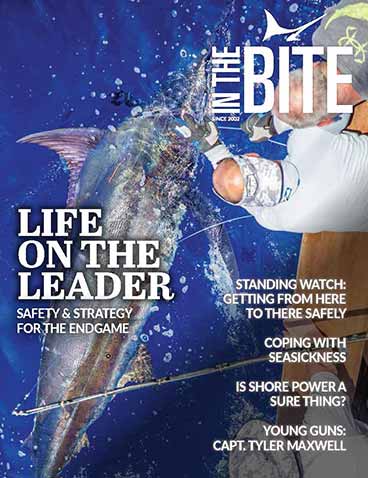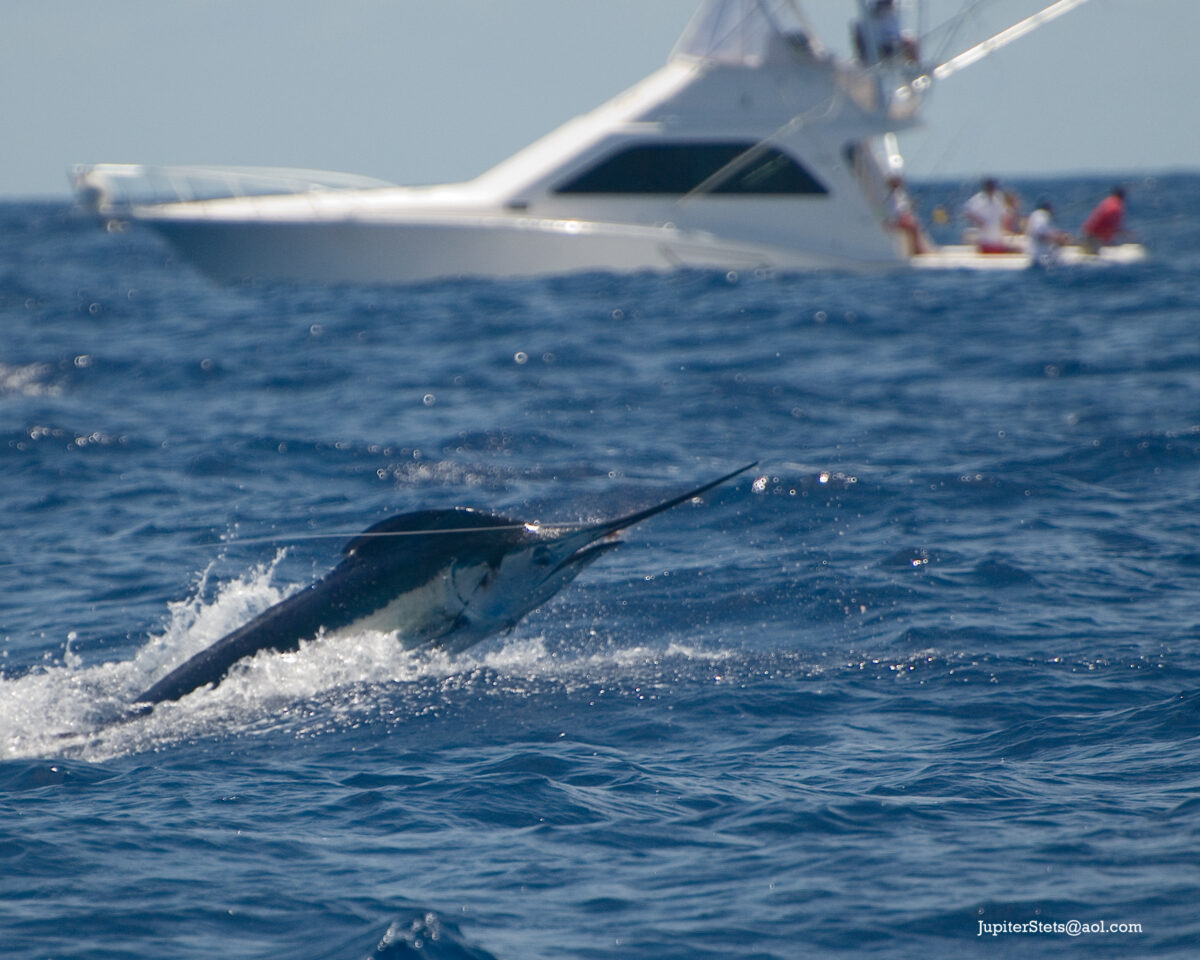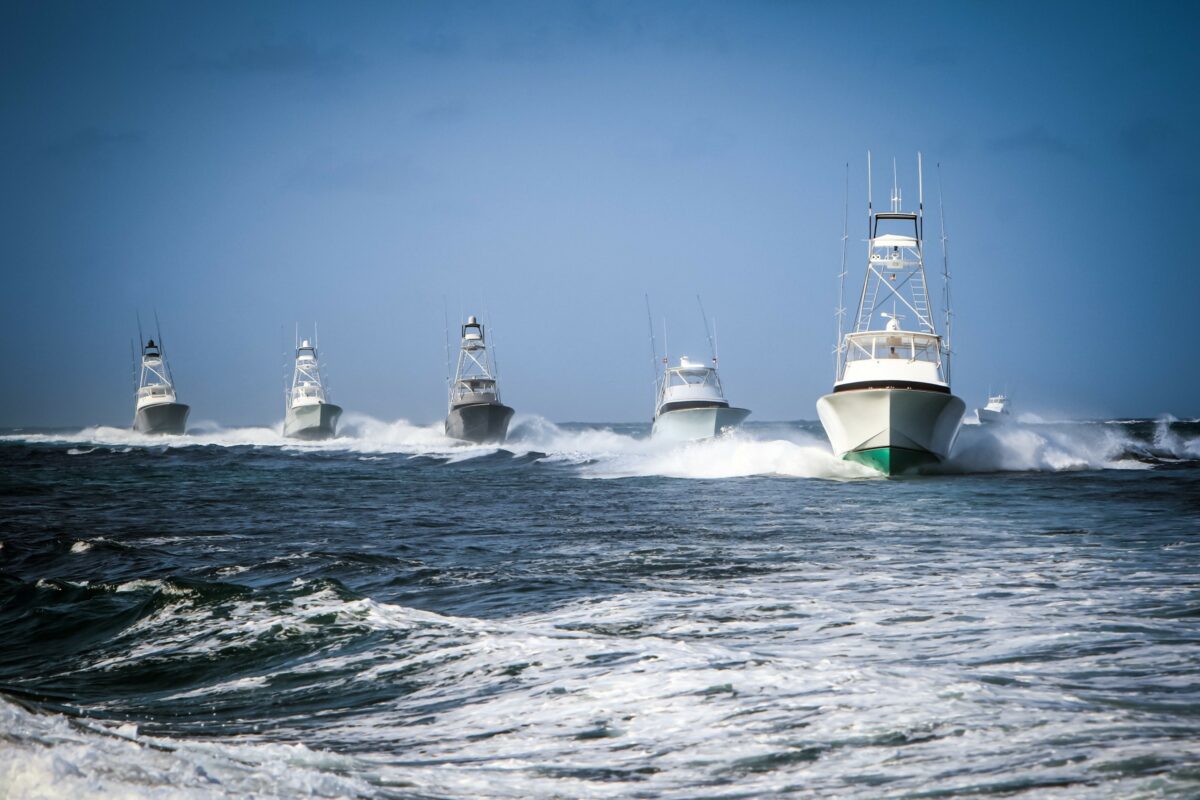With all of the hurricane destruction of the past years, photos of destroyed, damaged, sunken or otherwise battered boats are floating across the internet. What becomes of these boats? How does salvage work and what about insurance coverage? The following is Dave Ferrell breakdown of the process. Whether a boat owner, captain or crew, this information is a must-know for anyone involved in boating.
On August 24, 1867, the Blackwell, a British ship docked in San Francisco Harbor caught fire around 4 a.m. When the crew was unable to contain the blaze, it was forced to abandon ship. As the fire raged, a tug boat docked nearby named the Goliath raced over to the vessel and tied up alongside. With the help of local firemen and two fire engines that they had put onboard, the Goliath fought the blaze. After about a half-hour, their combined efforts put out the fire, saving the ship and some of its cargo.
 Consequently, the owners of the Goliath sued the owners of the Blackwell in the San Francisco District Court for a salvage reward, winning a judgement for $10,000. (The U.S. Constitution grants federal courts original jurisdiction in all cases of admiralty and maritime jurisdiction, including salvage cases). That ruling was upheld by an appellate court, but the Blackwell owners appealed again, bringing the case to the United States Supreme Court.
Ultimately the Blackwell owners gained a minor victory when the judges determined that the firefighters efforts made up half of the salvage operation and thereby awarded the Goliath owners $5,000 or half the amount due. It wasnt, however, the monetary award that made this ruling so compelling. Rather it was the Court creation of the elements that must be considered when determining a salvage reward. These are now known as the Blackwell Factors.
Consequently, the owners of the Goliath sued the owners of the Blackwell in the San Francisco District Court for a salvage reward, winning a judgement for $10,000. (The U.S. Constitution grants federal courts original jurisdiction in all cases of admiralty and maritime jurisdiction, including salvage cases). That ruling was upheld by an appellate court, but the Blackwell owners appealed again, bringing the case to the United States Supreme Court.
Ultimately the Blackwell owners gained a minor victory when the judges determined that the firefighters efforts made up half of the salvage operation and thereby awarded the Goliath owners $5,000 or half the amount due. It wasnt, however, the monetary award that made this ruling so compelling. Rather it was the Court creation of the elements that must be considered when determining a salvage reward. These are now known as the Blackwell Factors.
Salvage Rules, Sort Of
In the Blackwell decision, the courts set six factors that should go into determining the reward that a salvage company can claim. They set the main details in determining the amount of the reward for a salvage service:
(1) The labor expended by the salvors in rendering the salvage service.
(2) The promptitude, skill, and energy displayed in rendering the service and saving the property.
(3) The value of the property employed by the salvors in rendering the service, and the danger to which such property was exposed.
(4) The risk incurred by the salvors in securing the property from the impending peril.
(5) The value of the property saved.
(6) The degree of danger from which the property was rescued.
Unfortunately, these factors dont provide any formula as to how these different elements would be weighted in determining the amount awarded, however, all of these factors must be considered when setting the value of the reward due to the salvors. In 1989, the salvage industry came together to create an international standard for all salvage operations. This standard added several additional factors, including promptness of the services rendered; the availability and use of vessels or other equipment intended for salvage operations, and; the state of readiness of the salvors equipment.
These regulations are known as the SALCON 89 agreement. It also goes on to detail the responsibilities of both the salvor and the boat being salvaged. But again, there are no guidelines on how much weight each of the factors should play in determining the reward, except that the reward cannot be more than the value of the vessel and cargo itself.

Boat Salvage in Practice
According to Chuck Hansen of Fast Response Marine Towing and Salvage in Miami, most salvors base their fees on either a percentage of the value of the vessel or a per-foot fee. There are two types of salvage, says Hansen, contract salvage, where you write up a contract and come up with a price upfront; and pure salvage or ˜no cure no pay. Pure salvage occurs when services are rendered voluntarily in the absence of a contract. To keep salvors from plucking up unattended boats there are three elements that have to come into play for a pure salvage to be valid, (a) a marine peril; (b) service voluntarily rendered when not required as an existing duty or from a special contract; and (c) success in whole or in part, or a contribution to such success. So if a salvor tries and fails to save the vessel, no matter how hard he tries or how much danger he put himself in, he gets nothing if the cargo and/or ship is lost. The standard per-foot rate for a sunk or sinking boat is around $175 to $200 a foot, says Hansen, or a percentage of the vessel worth¦commonly 20-percent at the highest. You are allowed to bill up to 30-percent if it incredibly dangerous, at night etc. If you have a 30-foot Bayliner, Im probably going to charge you by the foot. If you have a 45-footer worth a million dollars Im going for the percentage. And that percentage will fluctuate depending on the Blackwell factors. You also have low order salvage that is usually between four and six percent. To get that 20-percent it really has to be a salvage performed under some pretty risky conditions. Any unmanned vessel that adrift is also a salvage, and even certain tows can be considered salvage as well. If you get inside the swim buoy or up on the beach, I can consider it a salvage if I so choose¦so make sure you have a good anchor!
Hurricane Damage, Vessel Owner Liability
With all of the hurricanes hitting the US this year the salvors are enjoying a bit of a business boom, but it not easy work. About half of the boats will have good insurance and will be taken care of pretty quickly, says Hansen.
Like what you’re reading? Finish this article by clicking here to purchase the issue.
Read more stories like this by purchasing a digital subscription here or a print subscription here.












